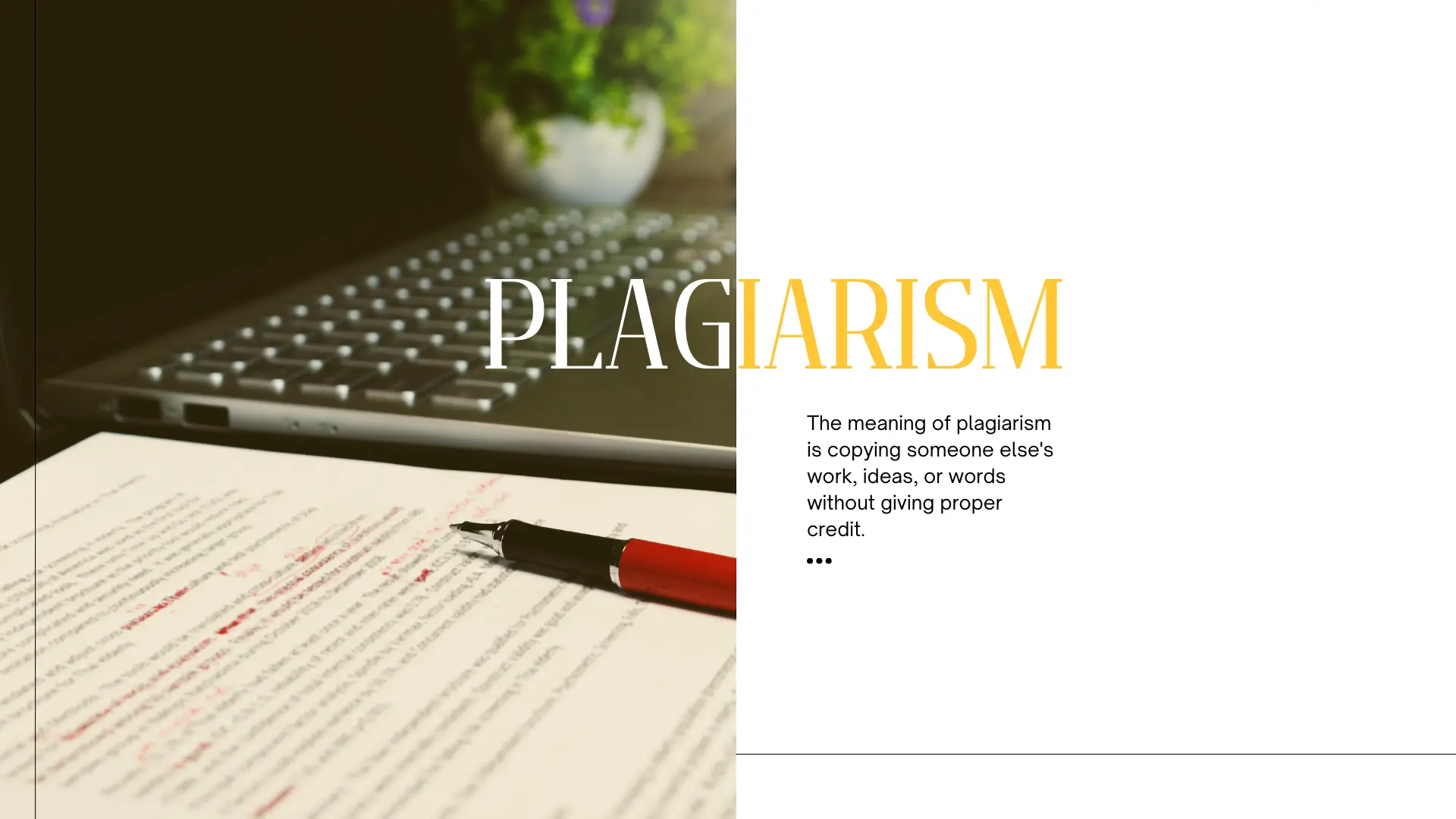Talking about “reducing the percentage of plagiarism” needs to involve understanding what plagiarism is and taking steps to ensure that sources are properly cited. The meaning of plagiarism is copying someone else’s work, ideas, or words without giving proper credit. Here are some strategies to minimize plagiarism:
- Cite sources correctly. Whenever using someone else’s ideas, thoughts, or research findings, give proper citations. Different citation styles (IEEE, APA, MLA, etc.) have specific rules, so make sure to understand and follow the guidelines.
- Using quotation marks. When quoting someone directly, use quotation marks at the beginning and end of the quote. This applies to both short and long quotations.
- Paraphrasing effectively. If rewriting information from a source, make sure not to change just a few words. Write the information in your own words while maintaining the original meaning.
- Attribute an idea in a quote. Even if you are not using a direct quote, if you are using someone else’s idea, theory, or concept, attribute it appropriately.
- Use plagiarism detection tools. Check the article through plagiarism detection tools such as Turnitin, iThenticate, or others. These tools can highlight potential instances of plagiarism and help to correct them.
- Manage time well. Procrastinating can lead to rushed work and, in turn, increase the chances of unintentional plagiarism. It is necessary to plan time wisely to avoid last-second rushes.
- Take good notes. When doing research, make detailed notes of the sources used. Include all the information needed for the quote, and note whether the information is a direct quote, paraphrase, or your own idea.
- Seek expert opinion. If unsure about how to cite a particular source, consult an instructor, librarian, or writing center.
- Get into the habit of using citations. Develop a culture of academic honesty by consistently practicing proper citation and attribution in your articles.
- Use reference management tools. Tools like Zotero, EndNote, or Mendeley can help organize sources and automatically create citations in various formats.
- Use original work. Where possible, rely on personal research, thoughts, and analysis. Original work significantly reduces the risk of plagiarism.
Keep in mind that the goal is not just to reduce the percentage of plagiarism, but to produce an original and ethical article that reflects the author’s understanding and insight.




